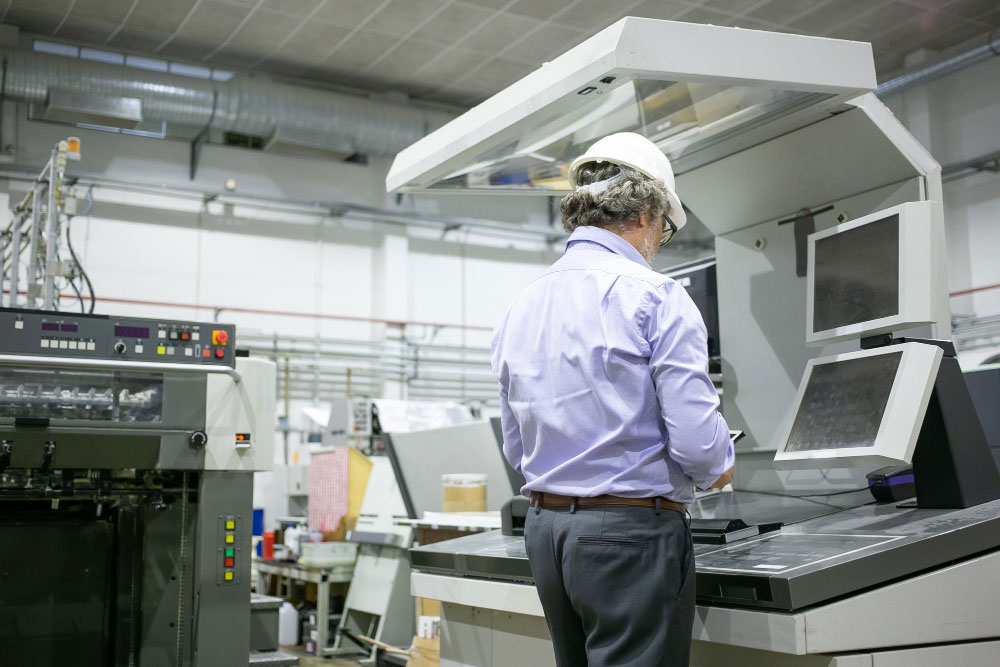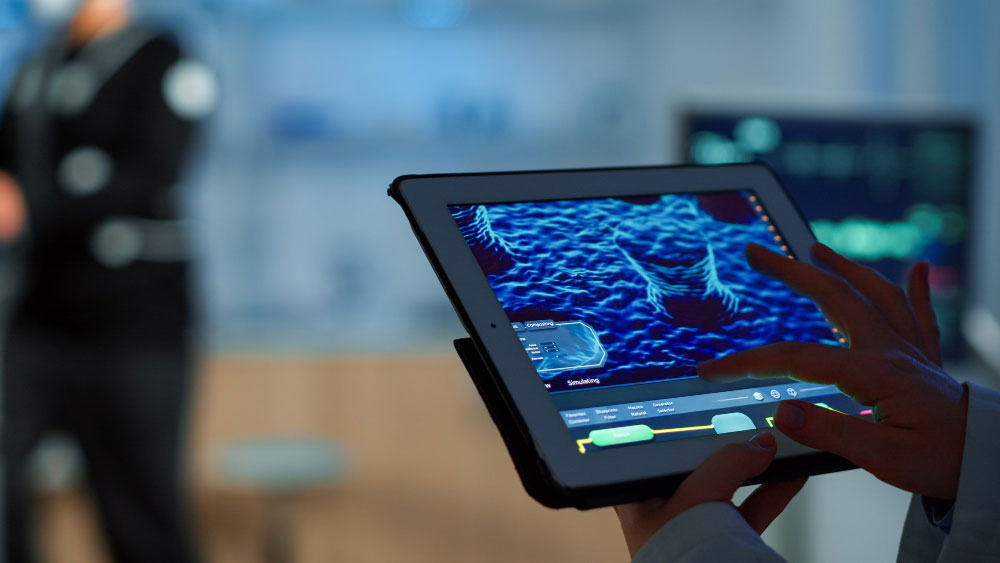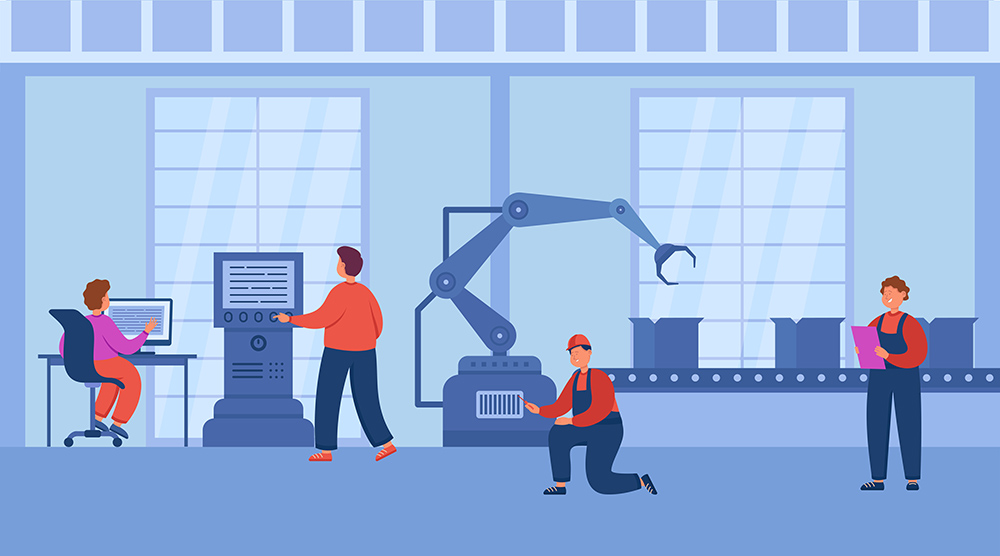Touch screen technology has come a long way since Touch Screen Desktop Monitors inception and has experienced explosive growth in recent years. What was once considered a luxury feature exclusive to high-end devices is now becoming the norm across various industries. The convenience, ease of use, and interactive nature of touch screens have captivated consumers and businesses alike.
One major factor contributing to the popularity of touch screen technology is its intuitive interface. With just a tap or swipe, users can effortlessly navigate through menus, scroll through web pages, or zoom in on images – all with their fingertips. This user-friendly experience has revolutionized how we interact with our devices and has made traditional Box PC input methods like keyboards and mice seem outdated.
Moreover, touch screens offer a more immersive experience compared to traditional displays. Whether it’s playing games or watching videos, the ability to directly interact with content adds an extra layer of engagement that enhances enjoyment for users. It also opens up new possibilities for creative expression by allowing artists and designers to directly manipulate their work using gestures.
Another driving force behind the growing adoption of touch screen technology is its versatility across different sectors. From retail stores implementing interactive point-of-sale systems to educational institutions incorporating interactive whiteboards into classrooms – touch screens are finding applications in almost every industry imaginable.
As touch screen desktop monitors continue to evolve and become more affordable, it’s safe to say that this trend will only continue upwards. As more people experience the benefits firsthand, demand will rise even further – leading manufacturers to innovate and push boundaries further. The future looks promising as we embrace this transformative technology that is reshaping how we interact with digital content in our daily lives.
Retail and Point-of-Sale (POS)
Retail and Point-of-Sale (POS) systems have undergone a significant transformation with the introduction of touch screen desktop monitors. These sleek and interactive displays provide an intuitive interface for both customers and employees, enhancing the shopping experience in various ways.

For retailers, touch screen desktop monitors offer a streamlined checkout process. Gone are the days of clunky cash registers and manual input – now, transactions can be completed with just a few taps on the screen. This not only speeds up the payment process but also minimizes errors in data entry.
Furthermore, these monitors enable businesses to showcase their products in a visually engaging manner. With vibrant displays and interactive features, retailers can create immersive experiences that entice customers to explore their offerings further.
Point-of-sale systems featuring touch screen technology also facilitate inventory management. Employees can easily update stock levels or check product availability at the touch of a finger, ensuring accurate tracking of merchandise.
Moreover, touch screen desktop monitors contribute to improved customer satisfaction by allowing self-service options. Customers can independently browse catalogs or access additional information about products without needing assistance from staff members.
In conclusion,
touch screen desktop monitors revolutionize retail operations by providing faster transactions, enhanced visual displays, simplified inventory management, and self-service capabilities. These technological advancements empower retailers to deliver exceptional customer experiences while optimizing operational efficiency. Retailers embracing this innovation will undoubtedly stay ahead in today’s competitive marketplace.
Education and Collaborative Learning
Education and Collaborative Learning
In today’s digital age, touch screen desktop monitors are revolutionizing the way education is delivered. These interactive displays provide an engaging and immersive learning experience for students of all ages. With just a simple tap or swipe, students can interact with educational content in a much more intuitive and hands-on manner.
One of the most significant applications of touch screen monitors in education is collaborative learning. These devices enable students to work together on projects, presentations, and group assignments seamlessly. They can easily share ideas, edit documents simultaneously, and give real-time feedback to their peers.
Moreover, touch screen desktop monitors enhance student engagement by making lessons more interactive. Teachers can create dynamic presentations using multimedia elements such as videos, images, and interactive quizzes that help reinforce learning concepts effectively.

Another advantage of touch screen technology in education is its accessibility for students with special needs or disabilities. These devices offer various accessibility features like adjustable font sizes, text-to-speech functionality, and customizable layouts that cater to individual learning requirements.
Furthermore, touch screens facilitate distance learning by allowing remote collaboration between teachers and students through video conferencing platforms. This has become particularly important during times when physical classrooms are not feasible due to unforeseen circumstances like the current COVID-19 pandemic.
In conclusion,
Touch screen desktop monitors have transformed education by providing a platform that promotes collaborative learning while enhancing student engagement and accessibility. As schools continue to embrace technology-driven teaching methods, these innovative devices will play an increasingly crucial role in shaping the future of education.
Design, Art, and Multimedia
Design, Art, and Multimedia:
Touch screen desktop monitors have revolutionized the way designers, artists, and multimedia professionals work. With their intuitive interface and precise touch controls, these monitors provide a seamless experience for creating stunning designs and engaging multimedia content.
One of the key advantages of touch screen technology in this field is its ability to enhance creativity. With just a swipe or a tap on the screen, designers can easily manipulate images, add effects, or draw directly onto their artwork. The responsiveness of touch screens allows for quick adjustments and fine-tuning of details.
In addition to design applications, touch screen monitors are also ideal for digital art creation. Artists can use specialized software that takes full advantage of multi-touch gestures to paint with different brushes or blend colors seamlessly. This level of interactivity provides artists with greater control over their creations.
For multimedia professionals such as video editors or animators, touch screen desktop monitors offer an efficient workflow. By using gestures like pinch-to-zoom or swiping through timelines, they can navigate through footage quickly and make precise edits without relying solely on keyboard shortcuts.
Furthermore, touch screens enable better collaboration in team settings where multiple users need access to the same monitor simultaneously. In art studios or creative agencies where collaborative projects are common practice – having a large format touch screen monitor becomes invaluable resource fostering open communication among team members – leading them into new realms never explored before!
In conclusion: Touch screen desktop monitors have transformed the design industry by providing an interactive platform for creators to unleash their artistic potential! From graphic design to digital art creation and multimedia production – these innovative devices offer new possibilities while streamlining workflows! Whether you’re a designer seeking inspiration or an artist looking for more control over your craft – investing in a touch screen monitor will undoubtedly elevate your creative endeavors!
Productivity and Business Applications
Productivity and Business Applications:
Touch screen desktop monitors have become increasingly popular in productivity and business applications. With their intuitive interface, these devices make it easy for users to navigate through various tasks and improve efficiency.
One of the key advantages of touch screen technology in the workplace is its ability to streamline processes. Instead of relying on a traditional keyboard and mouse setup, employees can simply tap or swipe on the screen to access files, open applications, or perform other actions. This not only saves time but also reduces the risk of repetitive strain injuries associated with prolonged keyboard use.

In addition, Customized Industrial Computing touch screen monitors are ideal for collaborative work environments. Teams can gather around a large display and interact with content simultaneously. Whether it’s brainstorming ideas, reviewing documents, or conducting virtual meetings, touch screens foster engagement and encourage participation.
Furthermore, these monitors offer enhanced data visualization capabilities for presentations and analytics. With interactive charts and graphs displayed on a touch screen monitor, presenters can easily manipulate data in real-time during meetings or conferences. This dynamic approach helps to convey information more effectively while keeping audiences engaged.
Moreover, touch screens provide seamless integration with various software applications used in businesses today. From project management tools to customer relationship management systems (CRM), employees can interact directly with these programs using their fingertips instead of relying solely on keyboards or mice.
Incorporating touch screen desktop monitors into productivity and business settings offers numerous benefits such as improved efficiency, collaboration opportunities,
enhanced data visualization capabilities,and seamless integration with existing software applications.
Healthcare and Medical Applications
Healthcare and Medical Applications
Touch screen desktop monitors have found numerous applications in the healthcare and medical industry, revolutionizing the way healthcare professionals interact with technology.
One of the key benefits of touch screen technology in this field is its ability to improve efficiency and accuracy in patient care. With a simple touch, doctors can access electronic health records (EHRs), review medical images, and input patient data directly into the system. This eliminates the need for bulky paper files and reduces the risk of errors or misplaced information.
Another important use case for touch screen desktop monitors is in telemedicine. These monitors enable remote consultations, allowing doctors to connect with patients through video conferencing platforms. Through a simple swipe or tap on the screen, physicians can examine patients visually, discuss symptoms, provide recommendations, and even prescribe medication if necessary.

In addition to improving workflow and communication between healthcare providers and patients, touch screen technology also plays a crucial role in surgical settings. Surgeons can use these monitors during procedures to view high-resolution imaging scans or navigate through complex anatomical structures using interactive 3D models.
Furthermore, touch screens are also utilized for patient education purposes. Doctors can display visual aids such as diagrams or videos directly on the monitor’s surface to explain medical conditions or treatment options more effectively.
Touch screen desktop monitors have become an indispensable tool in healthcare settings due to their versatility and ease-of-use. They enhance productivity, streamline processes, facilitate collaboration among medical professionals across different locations,
and ultimately contribute towards delivering better patient outcomes
Customization and Industrial Applications
Touch screen desktop monitors have become increasingly popular in industrial settings due to their versatility and ability to be customized for specific applications. In industries such as manufacturing, Customized Industrial Computing touch screen monitors are used for controlling machinery and equipment with precision.
One of the key benefits of touch screen technology in industrial applications is its durability. These monitors are designed to withstand harsh environments, including extreme temperatures, dust, and moisture. This makes them ideal for use in factories or warehouses where conditions may not be optimal for traditional computer screens.

Another advantage of touch screen desktop monitors in industrial settings is their ability to streamline workflow processes. With a simple tap or swipe on the screen, operators can access information quickly and efficiently without the need for additional input devices such as keyboards or mice.
Additionally, these monitors can be easily integrated into existing systems through various connectivity options like USB or HDMI ports. They can also support multi-touch functionality, allowing multiple users to interact with the monitor simultaneously.
In terms of customization, touch screen desktop monitors offer endless possibilities. They can be tailored to meet the specific needs of different industries by incorporating specialized software applications or custom interfaces. For example, in logistics operations, touch screens can display real-time inventory data and provide interactive maps for efficient tracking and management.
Customization plays a crucial role in enhancing productivity and efficiency across various industrial sectors. Touch screen desktop monitors offer a flexible solution that adapts seamlessly to individual requirements while providing robust performance in demanding environments. With their durability and customizable features, it’s no wonder why they have gained popularity among businesses looking to optimize their operations.
Conclusion
In today’s fast-paced world, touch screen technology has become increasingly popular and widely adopted. Touch screen desktop monitors have revolutionized various industries, offering a whole new level of interactivity and functionality. From retail and education to design and healthcare, the applications of these innovative devices are endless.
Retailers and businesses have embraced touch screen desktop monitors as an essential tool for streamlining their operations. Whether it’s processing sales transactions at point-of-sale (POS) systems or providing interactive displays for customers to browse products, these devices enhance the overall shopping experience.
The education sector has also benefited greatly from touch screen technology. These monitors facilitate collaborative learning by allowing students to actively engage with educational content through interactive presentations, quizzes, and virtual simulations.
For designers, artists, and multimedia professionals, touch screen desktop monitors provide a seamless workflow that enhances creativity. With precise stylus input capabilities and multi-touch gestures, artists can create stunning digital artwork or edit videos with ease.
In the business world, touch screens enable increased productivity by simplifying tasks such as data entry or organizing documents. The intuitive nature of these displays eliminates the need for complicated keyboard shortcuts or mouse movements.
Touch screen desktop monitors are making significant contributions in healthcare settings as well. From patient check-ins to accessing electronic medical records during consultations, these devices streamline administrative processes while maintaining hygiene standards.
Furthermore, touch screens offer customization options that cater to specific industry needs. In industrial applications like manufacturing or automation control rooms where gloves might be worn or harsh conditions prevail – ruggedized versions of touchscreen desktops ensure optimal performance even in demanding environments.
In conclusion,
touch screen desktop monitors have transformed various industries by providing enhanced interactivity,
efficiency,
and convenience.
Their versatility makes them indispensable tools in retail,
education,
design,
businesses,
healthcare
and industrial sectors alike.
As technology continues to evolve at a rapid pace,
we can expect even more exciting advancements in this field
that will further expand the applications of touch screen desktop monitors,
making them an integral part of